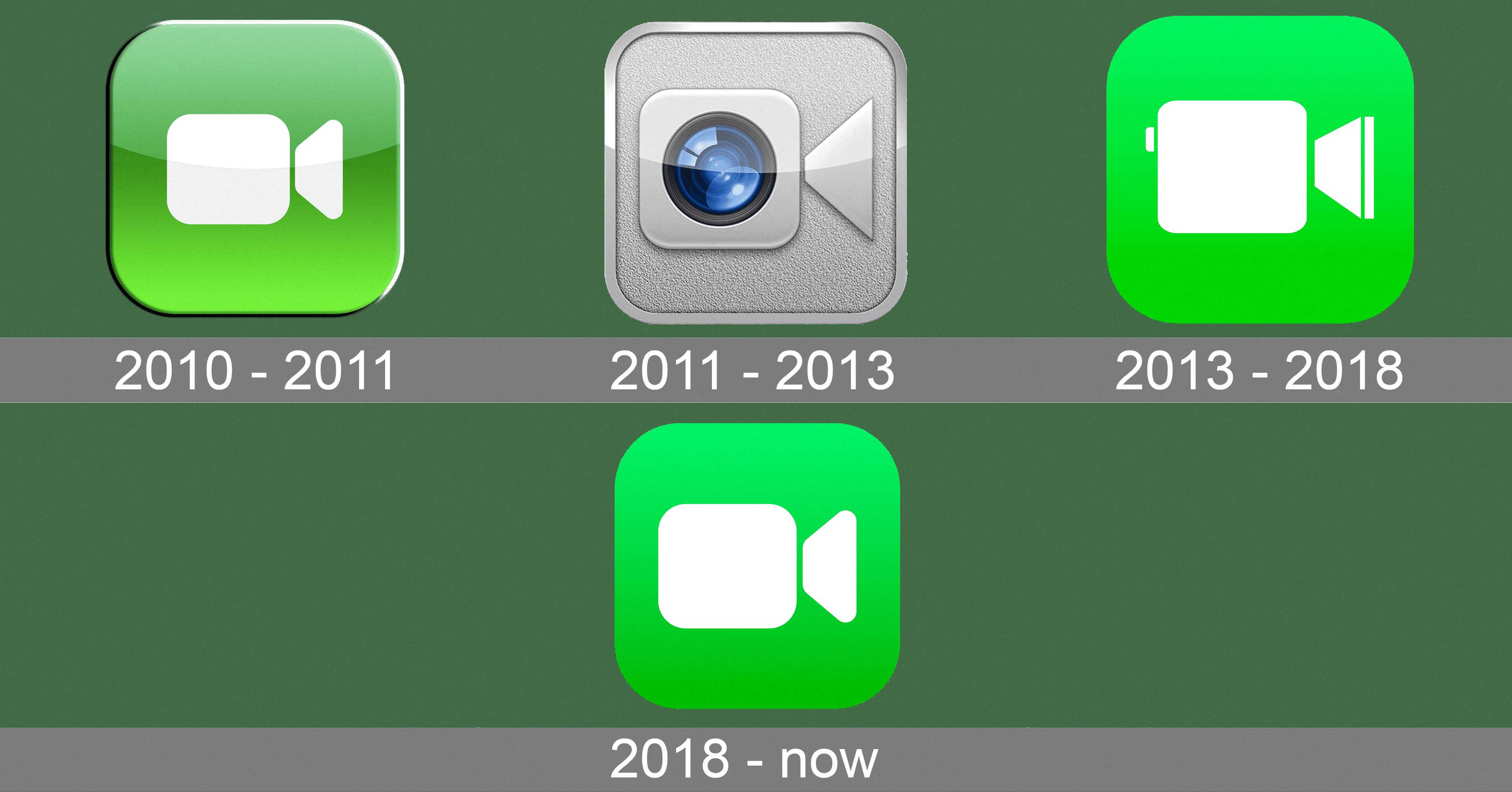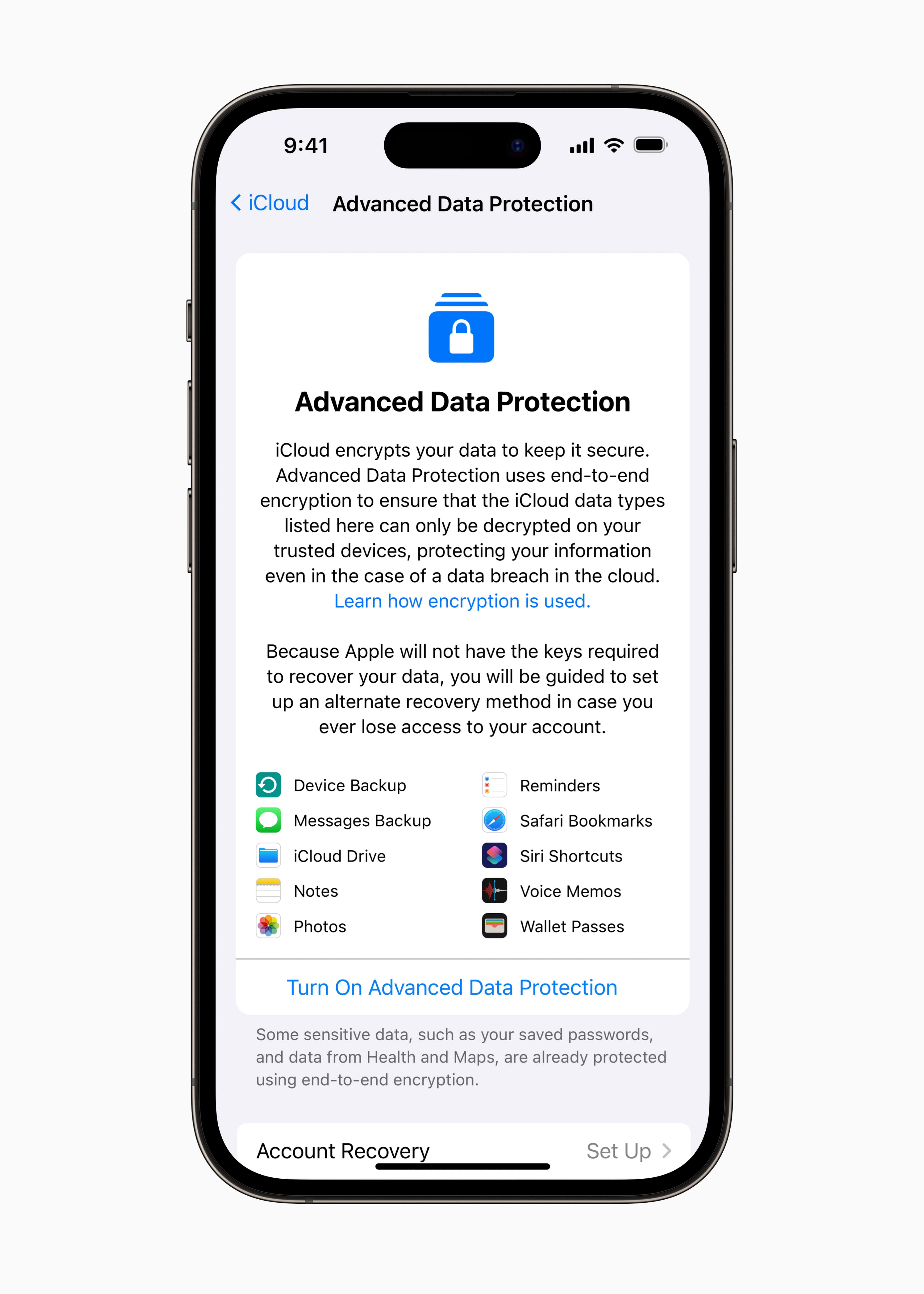The FaceTime app icon is an important feature on Apple devices that allows users to make video and audio calls with friends, family, and colleagues. However, there may be instances where the FaceTime app icon is missing from your device. In this article, we will explore different ways to find or restore the missing FaceTime app icon.
Firstly, it is important to ensure that your device supports FaceTime. FaceTime is available on iPhone, iPad, iPod touch, and Mac devices. If you are using an Apple device that is not compatible with FaceTime, you will not be able to find the FaceTime app icon.
If you have determined that your device supports FaceTime, the next step is to check your device settings. Go to the Settings app on your device and navigate to the “Screen Time” section. From there, select “Content & Privacy Restrictions” and then “Allowed Apps.” Make sure that both FaceTime and Camera are turned on in the list of allowed apps. Sometimes, the FaceTime app may be disabled in this section, which can cause the icon to disappear from your home screen.
If you have confirmed that FaceTime and Camera are enabled in your device settings, but still cannot find the FaceTime app icon, you can try searching for it using the Spotlight feature or by using Siri. Simply swipe down on your home screen to access the Spotlight search bar and type in “FaceTime.” If the app is still installed on your device, it should appear in the search results. Alternatively, you can activate Siri by saying “Hey Siri” or pressing the Siri button, and ask Siri to open the FaceTime app for you.
In the event that the FaceTime app has been accidentally deleted from your device, do not worry. You can easily reinstall it from the App Store. Open the App Store app on your device, tap on the “Search” tab at the bottom of the screen, and type in “FaceTime” in the search bar. Once you find the FaceTime app in the search results, tap on the download button (which looks like a cloud with an arrow pointing downwards) to reinstall the app on your device.
Once you have restored the FaceTime app on your device, you can start using it by signing in with your Apple ID. Open the FaceTime app and enter your Apple ID credentials. If you are using an iPhone, FaceTime will automatically register your phone number. You can also sign in to FaceTime using your email address.
If you are unable to find the FaceTime app icon on your Apple device, it may have been accidentally deleted or disabled. However, you can easily restore it by checking your device settings, searching for it using Spotlight or Siri, or reinstalling it from the App Store. Once the FaceTime app is restored, you can sign in with your Apple ID and start enjoying video and audio calls with your contacts.
How Do You Get FaceTime Back On Your Screen?
To get FaceTime back on your screen, follow these steps:
1. Check device compatibility: Ensure that your device supports FaceTime. FaceTime is available on iPhone, iPad, iPod touch, and Mac.
2. Enable FaceTime in settings: Open the Settings app on your device. Scroll down and tap on “Screen Time”. Next, tap on “Content & Privacy Restrictions”. Make sure that “Allowed Apps” is selected. Then, ensure that both FaceTime and Camera are turned on.
3. Use Spotlight or Siri: If the FaceTime app is not visible on your home screen, you can use the Spotlight search feature. Swipe down on your home screen or swipe right on the first home screen to access Spotlight. Type in “FaceTime” and the app should appear in the search results. Alternatively, you can activate Siri by pressing and holding the Home button or side button (on newer devices) and say “Open FaceTime”. Siri will launch the app for you.
By following these steps, you should be able to find and restore the FaceTime app on your device.

Where is Your FaceTime Icon?
To locate the FaceTime app icon on your device, please follow these steps:
1. Start by unlocking your device and navigating to the home screen.
2. Look for the FaceTime app icon, which is typically represented by a green square with a white video camera icon inside.
3. Scan your home screen from left to right and top to bottom, as the icon’s position can vary depending on how you have organized your apps.
4. If you can’t find the FaceTime app icon on any of your home screens, you can try swiping down on the home screen to activate the search bar. Then, type “FaceTime” into the search field and see if the app appears in the search results.
5. If you still can’t locate the FaceTime app icon, it is possible that it has been accidentally deleted. In this case, you can reinstall the app by following these steps:
– Open the App Store on your device.
– Tap on the search icon at the bottom of the screen and type “FaceTime” into the search bar.
– Tap on the “Get” or cloud download icon next to the FaceTime app in the search results to reinstall it.
– Once the installation is complete, the FaceTime app icon should appear on your home screen.
Please note that the availability of the FaceTime app may vary depending on your device and region. If you are unable to find or install the FaceTime app, it could be due to compatibility or regional restrictions.
Why Can’t You See FaceTime?
There could be several reasons why you are unable to see the FaceTime setting on your device. Here are some possible explanations:
1. Content & Privacy Restrictions: It’s possible that the FaceTime feature has been restricted or disabled on your device. To check this, go to the Settings app and navigate to Screen Time > Content & Privacy Restrictions > Allowed Apps. Ensure that both Camera and FaceTime are turned on in this section.
2. Incorrect Phone Number or Email Address: FaceTime relies on your phone number or email address to function properly. Double-check that you have entered the correct phone number or email address associated with your FaceTime account. You can do this by going to the Settings app and selecting FaceTime. Make sure the correct contact information is listed.
3. Device Compatibility: FaceTime may not be available on all devices. Ensure that your device is compatible with FaceTime. FaceTime is typically available on Apple devices such as iPhone, iPad, and Mac. If you are using a non-Apple device, FaceTime may not be supported.
4. Software Update: FaceTime might not be visible if your device is running an outdated version of the operating system. Check for any available software updates by going to the Settings app, selecting General, and then tapping Software Update. If an update is available, download and install it.
If none of the above solutions work, you may need to contact Apple Support for further assistance. They will be able to provide specific troubleshooting steps based on your device and situation.
How to Turn FaceTime On?
To enable FaceTime, follow these steps:
1. Locate the FaceTime app on your device. It is usually pre-installed and can be found on the home screen. If you can’t find it, you can also search for it using the search function on your device.
2. Tap on the FaceTime app icon to open it. If prompted, sign in with your Apple ID. If you don’t have an Apple ID, you can create one by tapping on “Create New Apple ID” and following the instructions.
3. Once you’re signed in, FaceTime will automatically register your phone number if you’re using an iPhone. This means that other iPhone users can reach you using your phone number for FaceTime calls.
4. If you’re using an iPad or iPod touch, you can also register your email address by going to Settings > FaceTime > Use your Apple ID for FaceTime. This allows other Apple device users to contact you using your email address for FaceTime calls.
5. To turn on FaceTime, simply toggle the switch next to “FaceTime” to the “On” position. This will enable FaceTime and allow you to make and receive FaceTime calls.
6. You can further customize your FaceTime settings by going to Settings > FaceTime. From here, you can choose whether to allow FaceTime calls over cellular data, set your caller ID for FaceTime calls, and manage blocked contacts.
That’s it! You have successfully turned on FaceTime and can now enjoy making video and audio calls with your friends and family using your Apple device.
Conclusion
The FaceTime app icon is a crucial feature for users who wish to utilize the FaceTime service on their Apple devices. If you are unable to locate the FaceTime app icon on your device, it may have been accidentally deleted. However, do not worry as it can be easily reinstalled.
To restore the missing FaceTime app icon, you can follow these steps:
1. Ensure that your device supports FaceTime by checking the specifications.
2. Check the Content & Privacy Restrictions in your device’s settings. Go to Settings > Screen Time > Content & Privacy Restrictions > Allowed Apps and make sure that FaceTime and Camera are turned on.
3. Search for the FaceTime app in Spotlight or use Siri to locate it.
4. Look for the FaceTime app icon on your home screen, typically located at the top left-hand corner. If it is not visible, it may have been accidentally deleted.
5. If you cannot find the FaceTime setting, go to Settings > Screen Time > Content & Privacy Restrictions > Allowed Apps and ensure that Camera and FaceTime are not turned off.
6. Double-check that you have the correct phone number or email address listed for FaceTime.
7. To turn on FaceTime, open the FaceTime app and sign in with your Apple ID. Alternatively, you can go to Settings > FaceTime to sign in.
8. If you are using an iPhone, FaceTime will automatically register your phone number.
By following these steps, you should be able to restore the missing FaceTime app icon and start enjoying the benefits of video calling with your contacts. Remember to ensure that your device is compatible with FaceTime and that the necessary settings are enabled.








